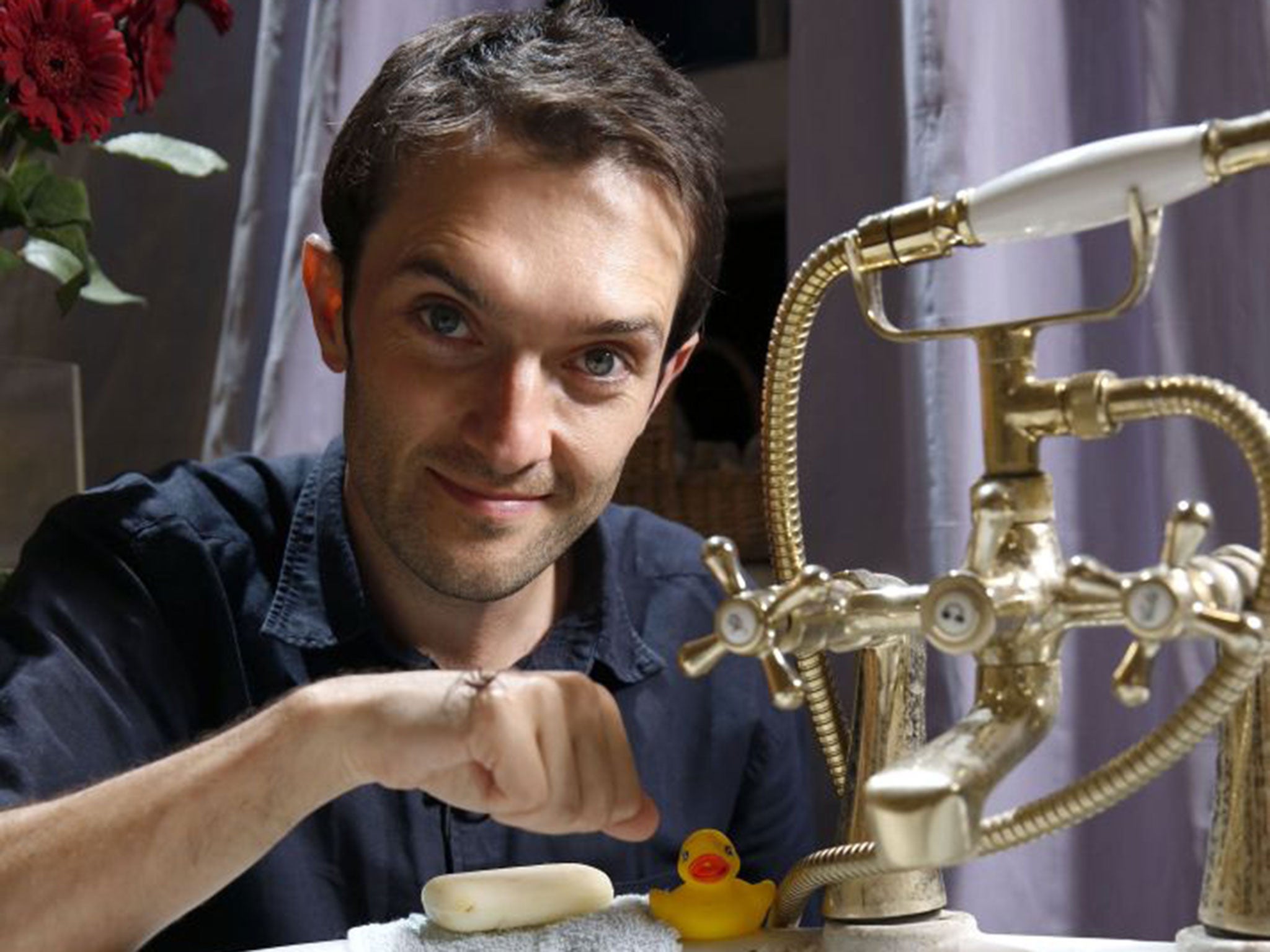I'd wager my old VHS copy of Arachnophobia that for a significant percentage of the channel-hopping population, alighting upon BBC4's Spider House caused a reaction equivalent – in TV-watching terms – to reaching for a rolled-up copy of The Daily Telegraph and blindly thwacking away in panic.
Timed, with some knowingness you'd assume, to air a few days before Hallowe'en, that spooky intent was slightly undermined by the programme's end result. I watched it, not as an arachnophobe – but, at the very least, an arachno-wary. After a rather long 90 minutes of spidery endeavour, I tuned out with a tremendous respect for the little blighters. And an even larger respect for host Dr Alice Roberts, who spent an evening in a pitch-black house filled, quite literally, to the rafters with them.
Admittedly, this was after a rather long section in which we watched a number of arachnids killing and eating each other in a fight for webby territory. But any viewers who stuck it will have emerged slightly less likely to come up with a severe case of the howling fantods at the sight of a house spider. Even one of the big fellas. "You'll never look at spiders in quite the same way again," promised Roberts in her introduction. And she was right.
The titular Spider House wasn't a specialist section at London Zoo. (Though we did meet some big arachnids there at a day designed to help -phobes become -philes.) It was an actual house, seemingly lived in by actual people. There, entomologists suh as Tim Cockerill (a spidery John Bradshaw) had planted dozens in the house to observe their behaviour.
At first, not helped by the spooky music – the set-up looked like one of those BBC4 Mark Gatiss horror stories – it was enough to send a Sideshow Bob-esque shudder down the spine of even the arachno-neutral. As Roberts entered for the first time and nimbly stepped past a huge eight-legged beast, I anticipated a nervy 90 minutes of watching behind my hands.
But hopefully you, like Roberts, turned over to Newsnight with a newly acquired tolerance. It was hard not to be impressed by the things we learned about them. Like the fact that before weaving their webs, spiders look for the points where insects are most likely to fly before looking for points to start erecting their webs. Clever.
Said webs, a triumph of natural engineering, are attracted to static energy. That sounds like no big deal but – as Cockerill demonstrated – insects, whose flight causes them to be charged with static energy not only fly into webs by accident, but are actually sucked into them if they go too close. Don't mess with a spider.
Tim and arachnid-breeder pal Graham Smith also headed for the bathroom where they explained a pressing domestic mystery – why spiders often end up in the bath. It's because they go there for a drink (we saw an astounding shot of one supping from the tub) and the cruel fact that they often can't get out. So, we were told don't flush them down the plughole, you barbarian, stick them in a pint glass and chuck them out the window.
We also witnessed the very odd sight of Peter Kirk of the British Tarantula Society weighing up the merits of various spiders at the society's annual show: "Really nice fringing on the femurs" and that kind of thing. And if you watched Spider House and wanted to get in the spider game, Kirk taught us the first thing you need to know about judging handsome-looking spiders: "The first thing we do, is a leg count. We've got to make sure they have eight legs." Which seems sensible enough.

Join our commenting forum
Join thought-provoking conversations, follow other Independent readers and see their replies
Comments